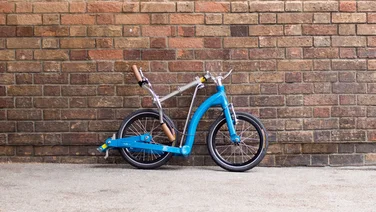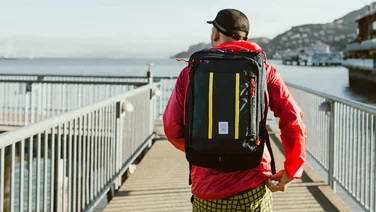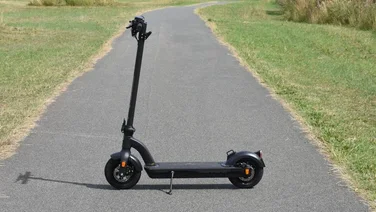To help us provide you with free impartial advice, we may earn a commission if you buy through links on our site. Learn more

Knowing how to roll clothes for packing is vital if you want to maximise space in your suitcase or luggage bag next time you travel. It’s a simple skill, but one that can completely change the way you pack. If you’re looking to take your new best suitcase on its first outing, then you might be wondering the best way to pack it.
Get it right and you could switch to a smaller bag, find yourself with more room for extra bits and souvenirs and experience less stress, thanks to a better organised case with zero wasted space.
But why is rolling clothes better than folding them? Does it help to keep them crease-free while travelling? How should different types of garments be dealt with? Below we’ll answer all of these questions so your next packing experience is as painless as possible.
Is it better to roll or fold clothes?
“Rolling clothes is a great way to save space in your bag,” says Geoff Grisdale, packing expert and founder of blog and video channel One Bag Travels. “Clothes tend to be the majority of what you pack – folding helps keep them organised, but doesn’t do much for compressing them. By rolling, you pack your clothes into the smallest space possible, which means they take up less room. This allows you to pack everything into a smaller bag – an important consideration if you’re flying on budget airlines that don’t allow a cabin bag.”
Does rolling clothes prevent creases?
If you make sure your clothes are freshly ironed beforehand and do your best to roll them as tightly as possible, doing so could help ensure you arrive at your destination with a wrinkle-free wardrobe. In contrast, folding often leaves clothes with visible creases that then have to be ironed out.
Of course, rolling your clothes doesn’t make them completely immune to becoming slightly crumpled, but if you have to cram a load of garments into a suitcase then it’s certainly the lesser of two evils.
READ NEXT: Best hand luggage
How to roll different garments for packing
Not all garments are created equal. This means that they all need to be folded slightly differently. You can fold T-shirts, sweaters, trousers, jackets and more, but you need to modify your technique slightly for each. Here’s what you need to know.
How to roll T-shirts for packing
- Lie the garment on its front and fold the sleeves in so they meet in the middle of the back.
- Fold the garment in half lengthways.
- Roll tightly from top to bottom.
How to roll trousers for packing
- Fold the trousers in half so the legs are overlapping.
- Fold in half again, this time from top to bottom.
- Roll tightly from bottom to top.
READ NEXT: Best backpacks
How to roll sweaters for packing
- Lie the garment on its front and fold the arms in and down so the cuffs line up with the hem.
- Follow the second two steps for how to roll a T-shirt (above).
How to roll jackets for packing
- Ensure the front fastening is done up.
- Follow the steps for how to roll a sweater for packing (above).
Once you’ve rolled all your clothes and packed them in your bag, you’ll need to pack the rest of your holiday gear. If you’re avoiding the extra fee for checked baggage, then you’ll need to pack your toiletries, medication, knick knacks and other important items in your cabin bag. However, when doing so, you’ll have to make sure you follow the airline’s guidelines on what you can, and can’t, pack: we’ve got an in-depth article covering exactly that.






